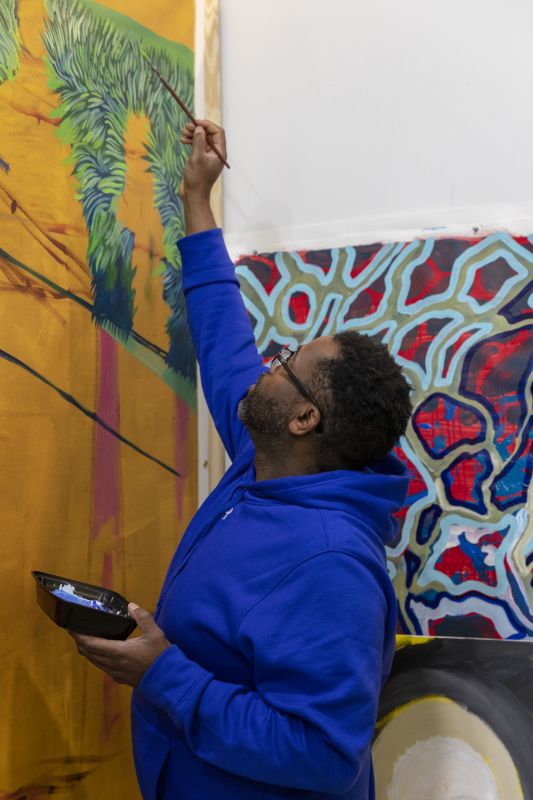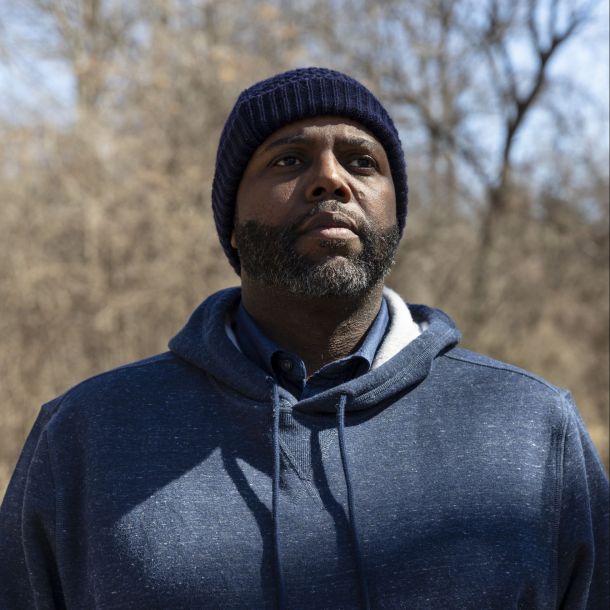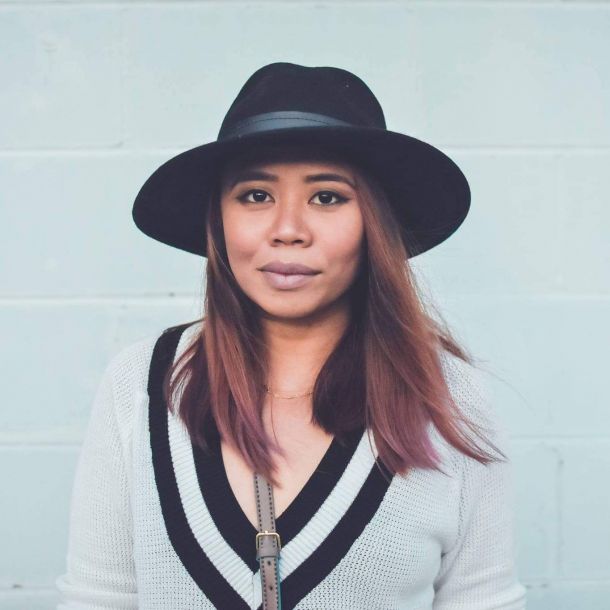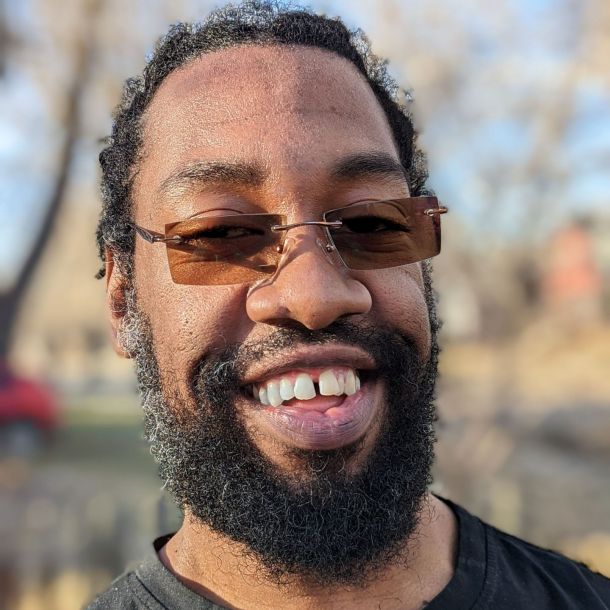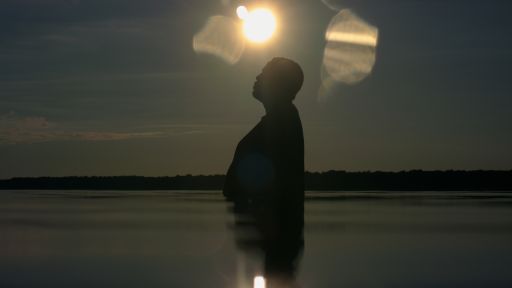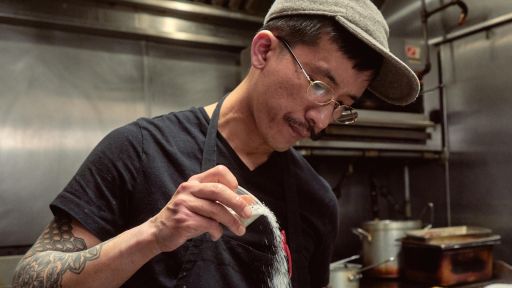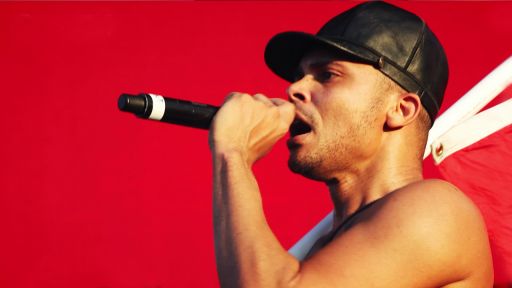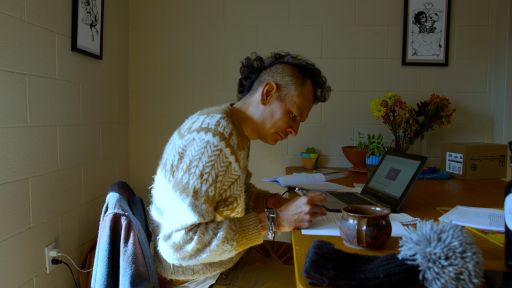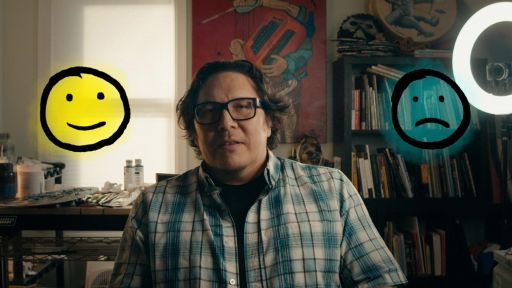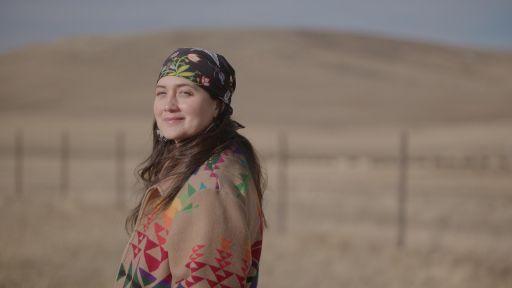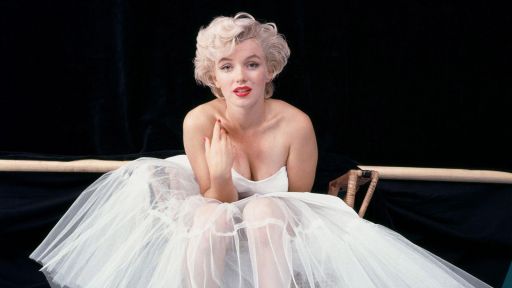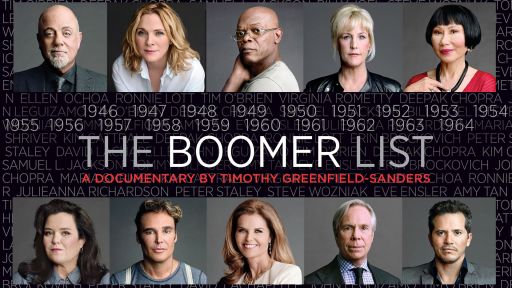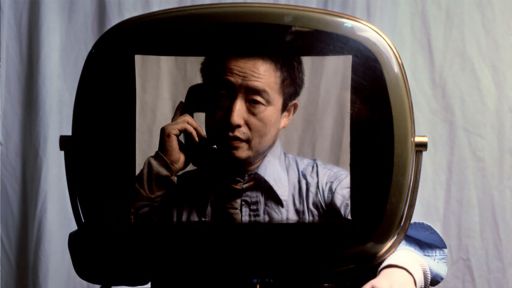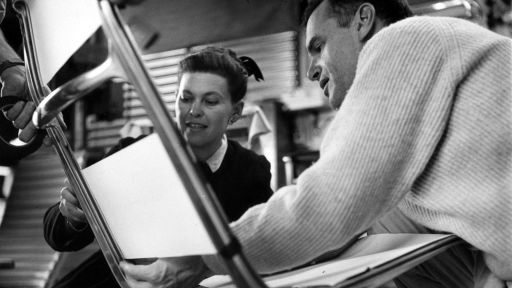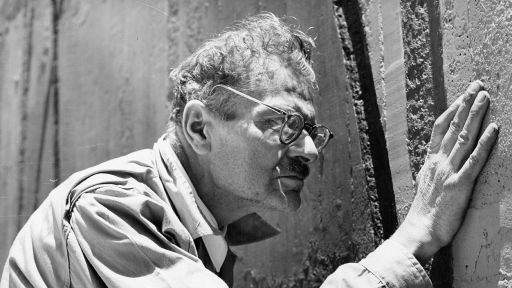Artist statement from Senghor Reid
Through a more effective observation of self, I use my interactions with nature as a vehicle for reflection, healing and restorative practice. Specifically, using water provides me with multiple pathways for attaining higher levels of personal awakening. I want to better understand water, as an object, element, resource, tool and commodity. Using drawing, painting, printmaking and performance as primary vehicles of expression, water provides me with the ultimate subject matter. Water is a shapeshifter, always evolving out of itself and back into itself. It is still and in motion, reflective and transparent, pure and polluted. I intend for the subsequent narrative created by my work to inspire viewers to willingly engage water and evoke consideration of it as tool, force and sacred treasure. My goal is to provide a series of visual devices to facilitate the reintegration of our most important natural resource into our daily living and discourse.
About Senghor Reid
Senghor Reid (b. 1976) explores the interactions between the human body and the environment, creating visual representations of dreams, memories and traces of human contact with nature. Reid earned a BFA from the University of Michigan (Ann Arbor, MI); a Masters of Teaching in Art Education from Wayne State University (Detroit, MI) and attended the internationally recognized Marathon Program at the New York Studio School of Drawing, Painting and Sculpture (NY, NY).
He is currently an Artist-in-Residence at the Cranbrook Schools (Bloomfield Hills, MI) and is a National Board Certified Visual Arts Educator. He has received many awards including the Kresge Foundation Kresge Arts in Detroit Visual Artist Fellowship prize and the prestigious Governor’s Award for Emerging Artist (Michigan). Reid’s work has been exhibited in the U.S. and abroad in galleries and museums including the Museum of Contemporary Art – Detroit in Michigan, Kentler International Drawing Space in New York, St. Catharine Museum in Canada and the Schomburg Center for Research in Black Culture in New York. His work is in private, public and corporate art collections.
About filmmaker Eden Sabolboro
Eden Sabolboro is an Emmy® award-winning Filipino-American documentary producer and director based in Detroit, Michigan. Her work focuses on capturing authentic, immersive human interest stories especially from underrepresented perspectives. Shortly after immigrating from the Philippines in 2014, she co-founded Reel Clever Films LLC, a production company specializing in non-fiction storytelling and branded content. She has produced an immersive body of work for the non-profit and education sector, Fortune 500 companies, the local creative arts and small business communities, and leading advocacy organizations. As director, she has created work for The Biden-Harris Inauguration Committee, Detroit Public Television, and many others. She has helped produce pieces for Time Magazine, NPR, AJ+ and Huffington Post.
She is a part of the New York Foundation for the Arts’ Immigrant Artist Program cohort, and was selected for Sundance Institute’s Creative Producing Lab and Firelight Media’s Groundwork Lab in Detroit. She is a member of Final Girls, a collective of professional women filmmakers in Detroit, Brown Girls Doc Mafia and the Asian-American Documentary Network. Continuously motivated to mentor the next generation of diverse voices, she served as Supervising Producer for “Shifting Urban Narratives,” a multimedia fellowship for young Detroiters by Wayne State University and the Schultz Family Foundation.
About filmmaker Desmond Love
Desmond Love, director and cinematographer, is an award-winning filmmaker born and raised in Detroit. He was the cinematographer for “Sidelots” (2018), which won awards in prestigious film festivals. He has directed and produced work for the Detroit Narrative Agency, Kresge Arts in Detroit, Mural Arts Philadelphia and various non-profit and corporate organizations both local and abroad.

